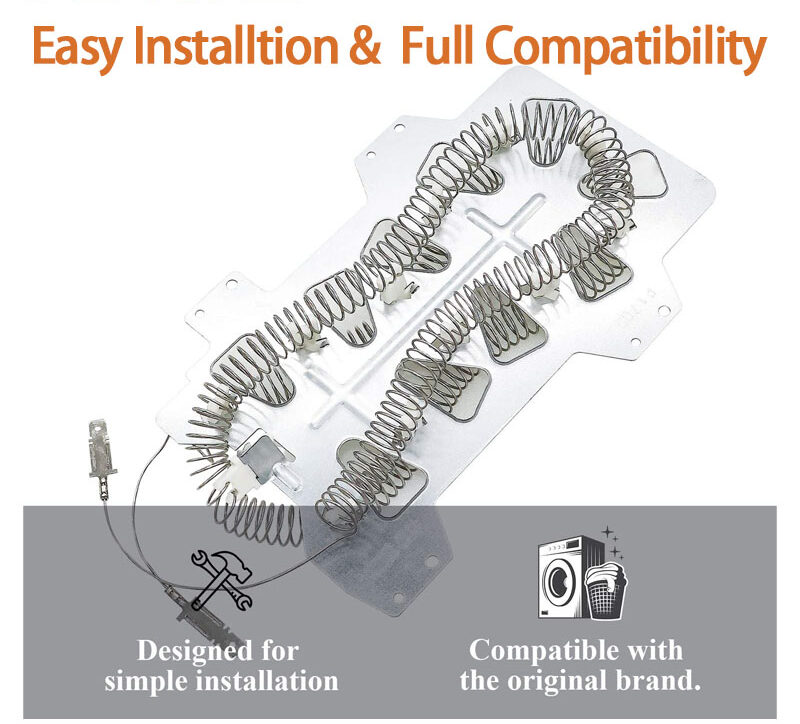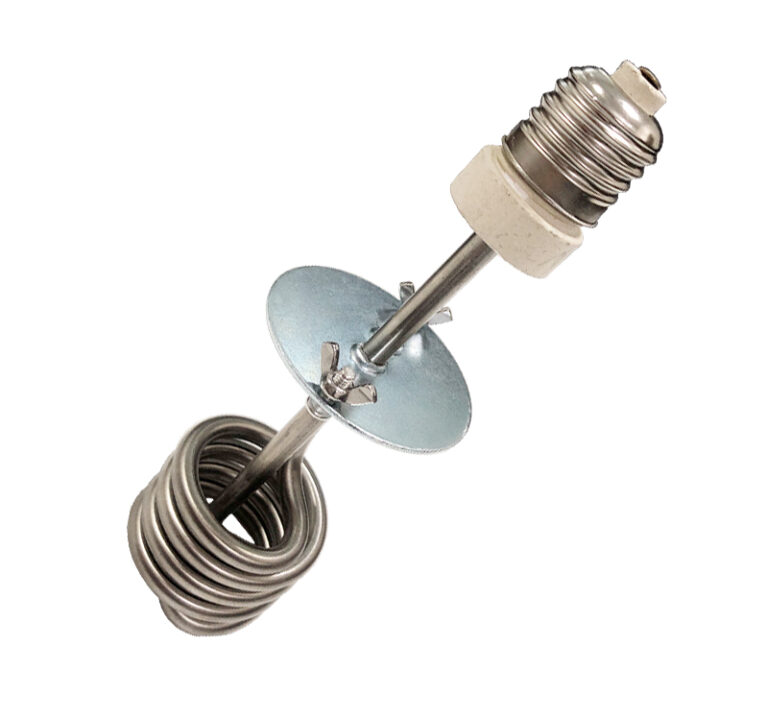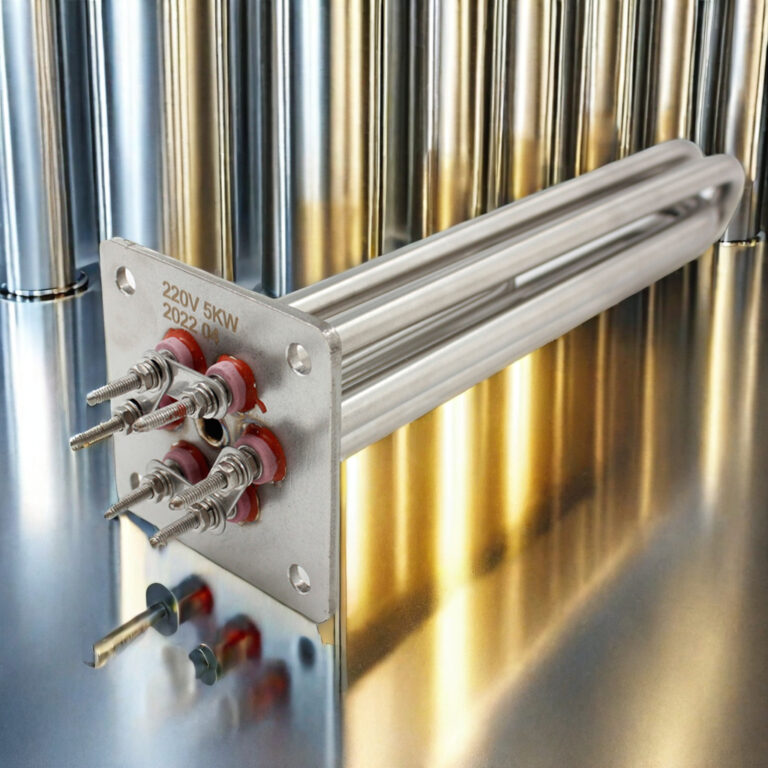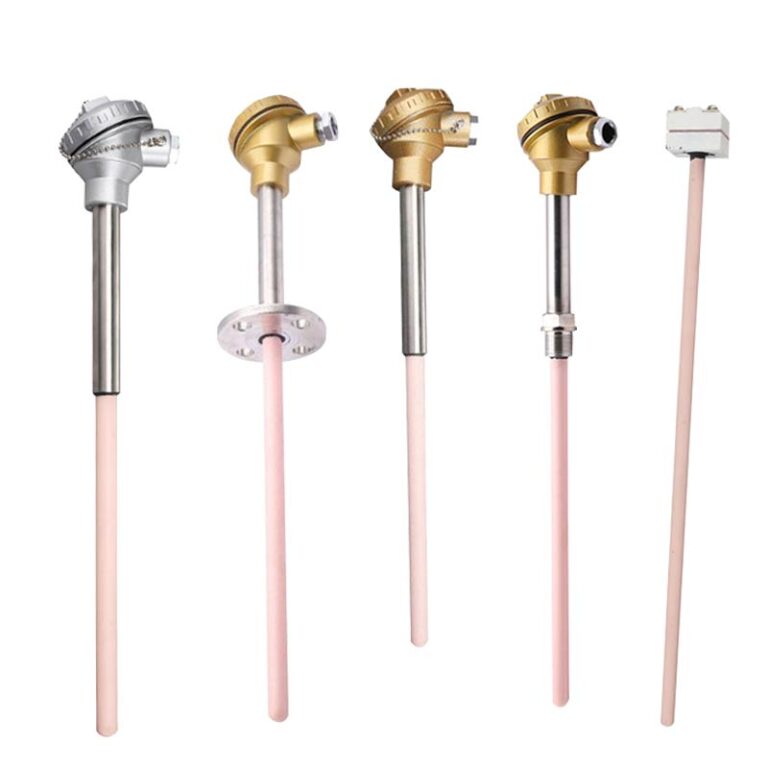Introduction
Replacing heating element in electric dryer can be both a cost-effective solution and an easy DIY project. But, is it worth the effort and investment? This article delves into the reasons for considering a replacement, the costs involved, and a step-by-step guide to replacing the heating element in an electric dryer.

Why Consider replacing heating element in electric dryer?
- Cost Efficiency: One of the primary reasons to replace a heating element is to save money. A new dryer can cost anywhere from $300 para $1000, while a new heating element typically costs between $20 e $50.
- Eco-friendly: Repairing appliances rather than replacing them reduces waste and is a more sustainable option.
- Prolonging Appliance Life: A simple replacement can significantly extend the life of your dryer, delaying the need for a major purchase.
Symptoms of a Faulty Heating Element
If you notice any of the following signs, it might be time to consider Replacing heating element in electric dryer:
- Clothes taking longer to dry
- No heat while drying
- The dryer gets too hot and shuts off
Cost Analysis
Here’s a brief comparison table to weigh your options:
| Costs | Replacing Heating Element | Buying New Dryer |
|---|---|---|
| Part cost | $20 – $50 | $300 – $1000 |
| Labor cost (if not DIY) | $50 – $100 | Included |
| Total Estimated Cost | $70 – $150 | $300 – $1000 |
| Environmental Impact | Minimal | Significant |
| Time Cost | 1-2 horas | Delivery Time |
| Appliance Lifespan Increase | Significant | N/A |
Step-by-Step Guide to Replacing Heating Element in Electric Dryer
Materials Needed:
- Replacement heating element
- Phillips screwdriver
- Flathead screwdriver
- Multimeter
Steps:
- Unplug the Dryer: Safety first! Ensure the dryer is unplugged from the power source.
- Access the Heating Element: Remove the back panel or the lower front access panel, depending on your dryer’s model.
- Locate the Heating Element: Typically situated in a metal housing near the blower.
- Test the Heating Element: Use a multimeter to check for continuity. If there’s no continuity, the element is faulty.
- Remove the Faulty Element: Detach the wires connected to the heating element,



